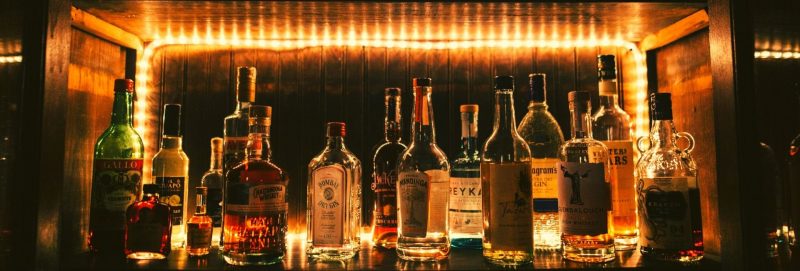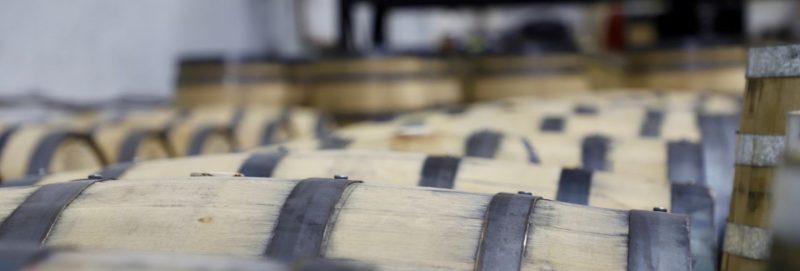Blended Whiskey: Types, the history & more
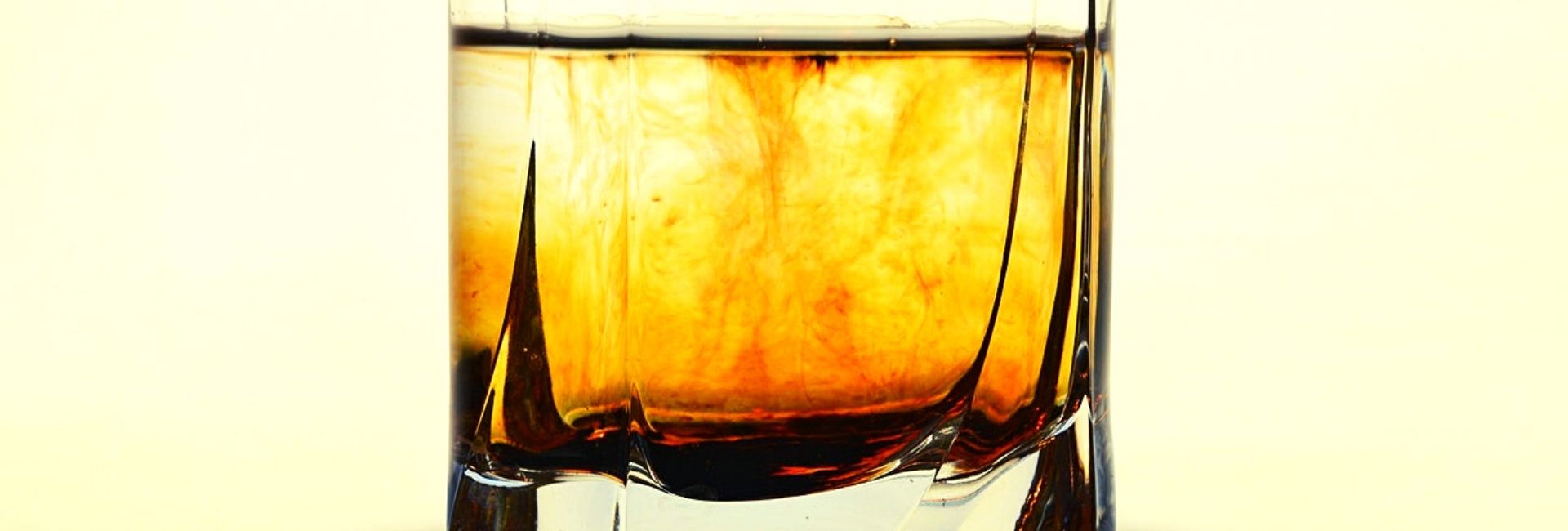
Scotch whiskey is one popular type of whiskey, but did you know that there are several different types of Scotch? Just when you think you’ve narrowed your favorite whiskey to a Scotch, it doesn’t end there. Is it a single malt, vatted malt, or blended whiskey?
In this article, we’ll be diving into everything you’ve ever need to know about blended whiskey. From how it’s made to how it tastes, we’ll answer every question you have before it’s even left the tip of your tongue.
Jump to a section
The different types of blended whiskey
A blended whiskey isn’t simple.
In fact, there are three different types of blended whiskey:
- Blended Whiskey - this is made from a combination of both malt and grain whiskeys.
- Blended Malt Whiskey - this is made from several malt whiskeys from different distilleries.
- Blended Grain Whiskey - this is made from several grain whiskeys from different distilleries.
What they have in common, and what the name ‘blended whiskey’ alludes to, is that they’re a creation of several different whiskeys.
The history of the blended whiskey
While it’s very likely that blending whiskey has been in process for hundreds of years, it was only created commercially in the 1860s, brought to us by a gentleman named Andrew Usher.
Whiskey of the time was Pot Still Malt Whiskey and, for many, considered too harsh in flavor and, as a result, undrinkable. Usher thought to add grain whiskey to the malt, making the taste more palatable. As a result, this blend was less intense and more suited to everyday drinking - a popular activity at this time.
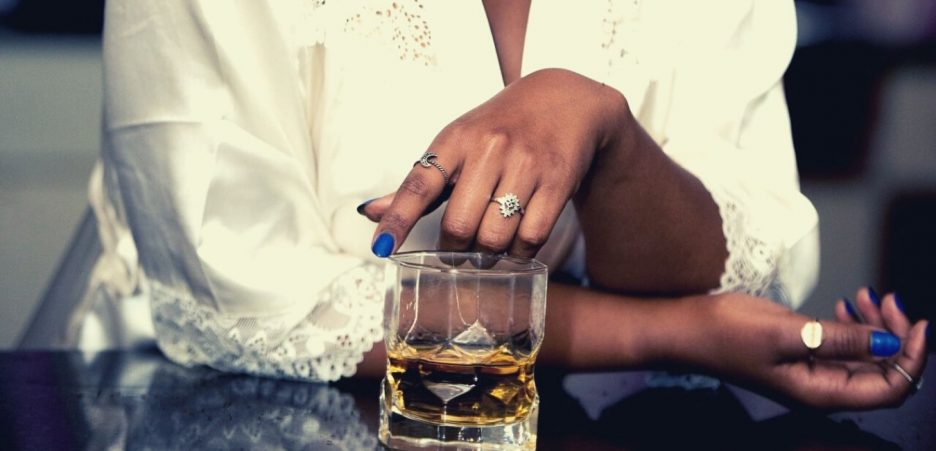
The Art of blending whiskey
Blending whiskey is a masterful skill. If you think it’s as basic as adding one whiskey to another, think again.
Up to 50 different whiskeys can be used in a blend. Both percentages and ratios are left entirely up to the blender. There is no law stating that a blend must be, for example, equal parts of all whiskeys used.
Each whiskey can vary significantly from another. Some might work well together, while others will clash and make for a stomach-turning drink.
Fortunately, for a seasoned whiskey blender, they’ll have likely mastered the art of ‘nosing.’ Nosing refers to the sense of smell being far more heightened than yours or I. With this ability, a blender is more likely able to pick out whiskeys that go together before physically adding them together.
However, that’s not to say it’s a simple process.
Be rest assured that a delicious blend is developed from the blender tirelessly trialing different whiskeys in different ratios to create the optimum drink.
When a blend has been created and is considered good enough to be brought to production, it must remain consistent.
Because of this, blending is considered an art, and the recipe for blends is kept under lock and key.
It doesn’t end there.
Once the blend has been made, the whiskeys are then put into casks for up to eight months after to allow their flavors to combine. This process is also known as the ‘marriage.’
Only once this process is complete is the blend ready to be bottled and sold.
What Does the Age Label mean on a blend?
Just because a blend consists of several whiskeys doesn’t mean that you won’t find an age label on the bottle.
While it’s very unlikely each whiskey is of the same age, the label refers to the youngest whiskey used.
You’ll also notice that the labels are always three years and over. This is because, by law, a Scotch must be matured for at least three years.
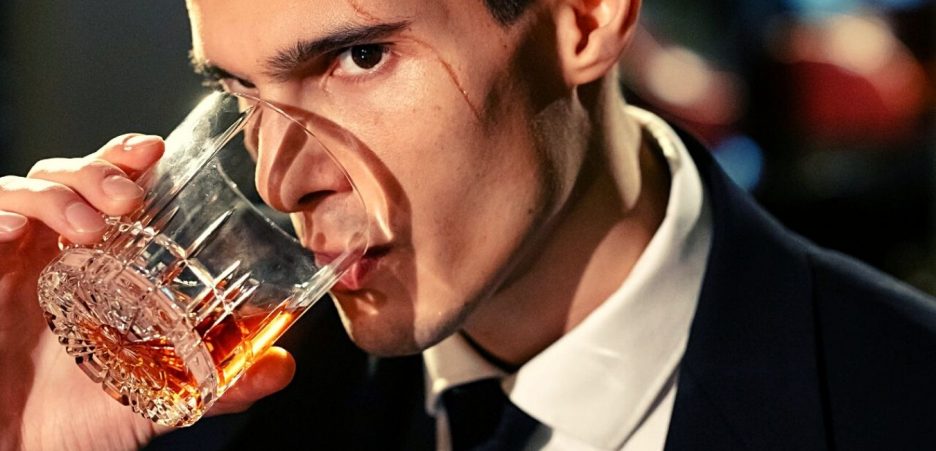
Single malt vs blends
Although single malts are typically more expensive than a blend, this isn’t to say they’re any better.
From a blend, you can expect flavors that aren’t possible from a single malt. In addition, blends can be much more complex and, therefore, for a whiskey enthusiast, more exciting.
Blends are also the most common type of whiskey consumed globally - 90% of all sales! These volumes indeed speak for themselves.
In fact, pick up a bottle of Scotch in the back of your cupboard, give the label a read; it’s more than likely a blend.
Summary
So now we know that there are multiple types of blended whiskey, and it’s also the whiskey most consumed worldwide
If you’ve always considered yourself a whiskey purist, touching only single malt, give a blended whiskey a try.
You might be surprised at how complex and flavorful they can be!
